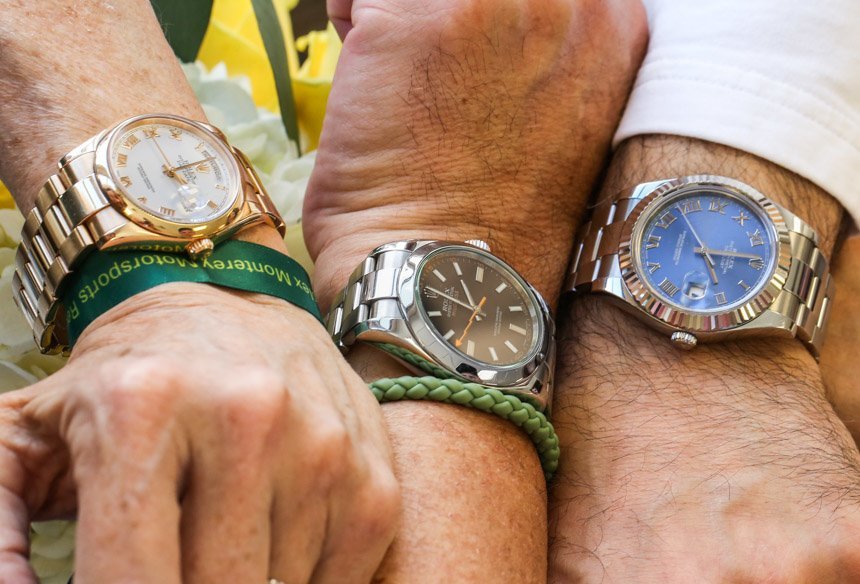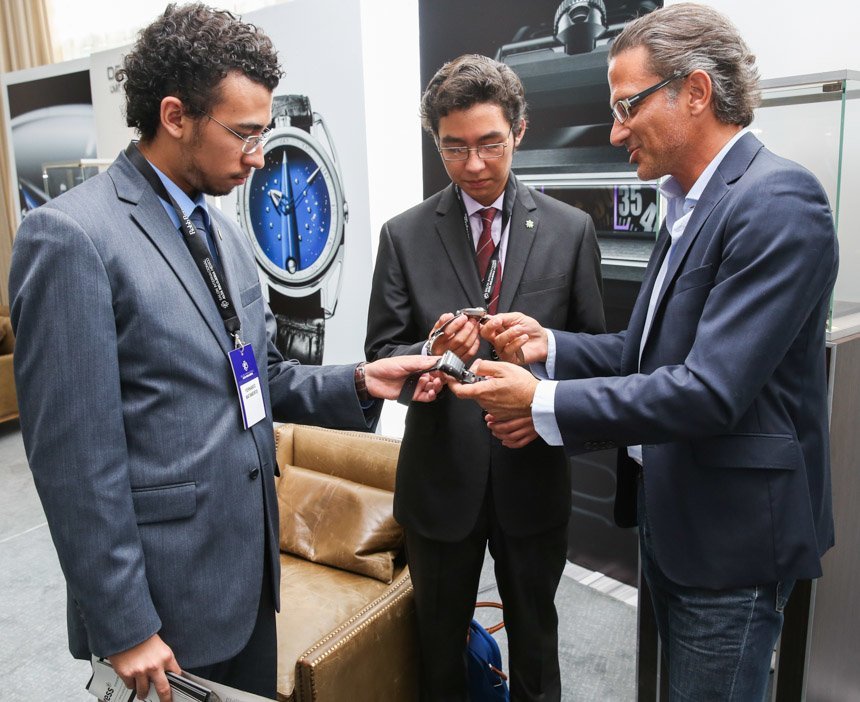
I’d like to explore some of the common psychology at play in the minds of people who enjoy wearing high-end wrist watches. This topic is interesting to me because I believe that much of the time if you ask someone why they like to wear high-end watches, they will give you a range of answers – most of which never actually get to the point. Other times people offer contradictory reasons for why they are compelled to wear a small, expensive machine on their wrist whose actual utility in life is marginal at best. So why is it that people like to wear and show off their luxury watches?
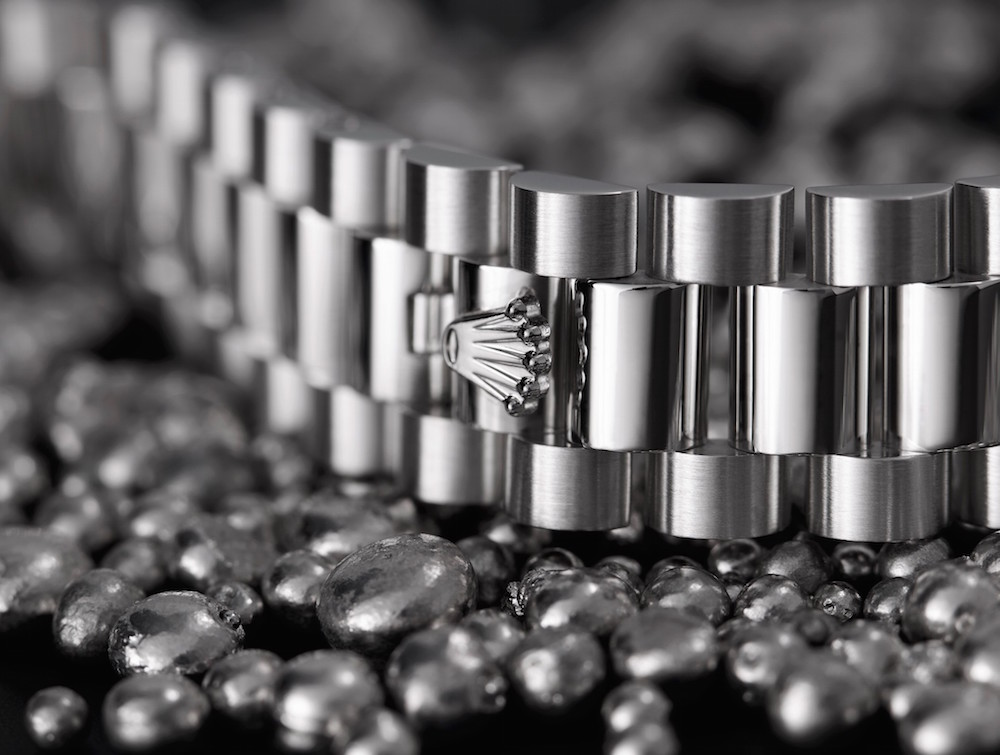
The Two Dimensions Of Luxury Value
There are at least two dimensions to the culture of appreciating and desiring luxury items. One dimension relates to a person’s ability to appreciate the inherent value of a specific luxury item such as its materials, design, construction quality, and of course utility. For the purpose of this discussion, we can call that a luxury item’s inherent value. The second dimension to the culture of appreciating and desiring luxury items is because of social perceived value. This is the value in the notion that the so-called luxury item is something that is perceived by other people to be either expensive or exclusive (or both). This is an item’s social perceived value.
In my opinion, most of the time both types of cultural values are at play when someone chooses to publicly show off their fine timepiece. I’d like to explore each of them and propose that the social perceived value of wearing a luxury timepiece is much more important than people often give credit to. More so, I want to clarify that I am establishing as a given, the notion that people who enjoy high-end watches also prefer to wear them and show them off. Yes, it is true that a more private appreciation of luxury watches can exist (when someone buys and enjoys but does not publicly wear a luxury watch), but this type of watch ownership is relatively uncommon and in a way outside the scope of this discussion.

Now let’s look at two extreme ends of the spectrum when it comes to the type of luxury watch enthusiasts choose to display on their wrist in public. At one end of the spectrum is the “predominantly social perceived value” watch. These are timepieces whose main luxury value is in their ability to send the message that they are expensive and/or exclusive. The message of “this was very difficult to get and I like to show off the treasures of my success” is the primary statement the wearer is trying to assert in this case. Such watches tend to be highly recognizable as expensive and/or exclusive by being produced from commonly recognized luxury materials (precious metals and stones), as well as coming from well-known luxury names (such as Rolex).
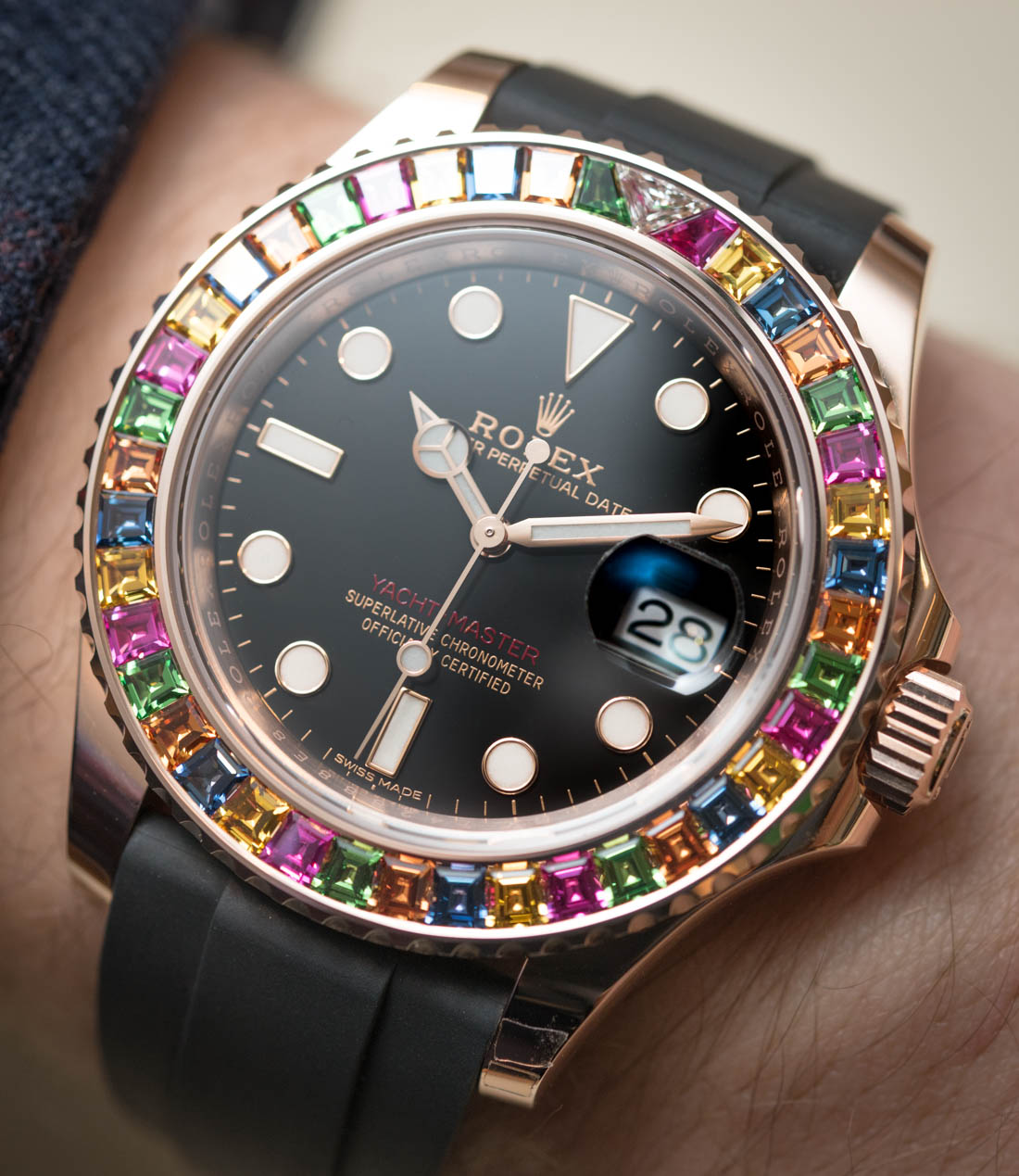
Social perceived value comes exclusively from a shared agreement that something is very valuable or exclusive. Diamonds are a good example, because their real value comes not from pure inherent value, but from the fact that people agree they are valuable. People who wear diamonds might cherish the sparkle, but you can’t divorce a diamond from the shared public perception that diamonds are valuable. Social perceived value is further measured by the degree to which a large number of people are familiar with an item’s perceived value. This is where things can get both complicated and interesting.
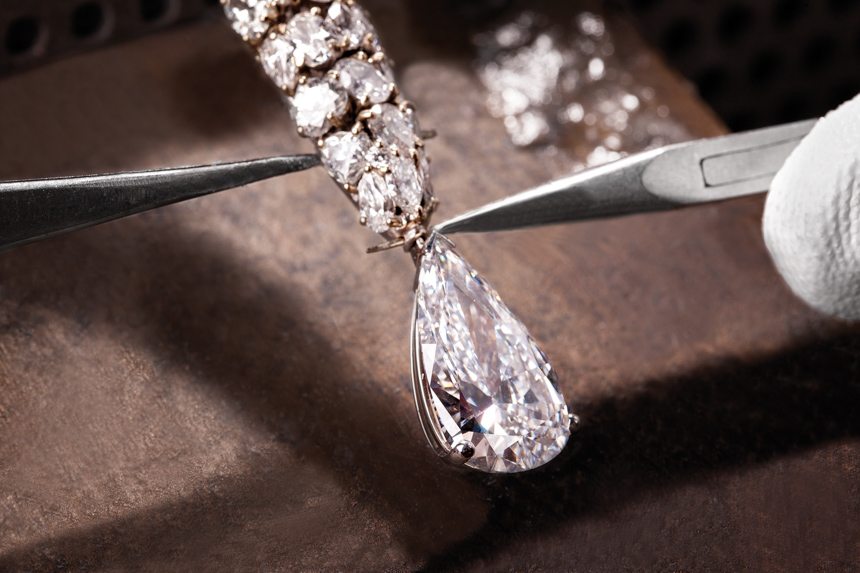
Arguably, a lot more people are aware that a diamond has high value than the volume of people who know that a niche timepiece brand has high value. Social perceived value then runs along its own spectrum of recognizability and form of social status. Therefore, there is a dimension of sophistication value in the realm of social perceived value. Allow me to explain. Diamonds are recognized by a large volume of people and as a result, it requires a low level of education and sophistication to know that by wearing diamonds you can communicate that you are wearing a luxury item. Diamonds are therefore recognized by a large volume of people, but what extra effort has the person wearing the diamond demonstrated? Almost none. In order to purchase or acquire diamonds you rarely need to travel and for the most part you need only afford it.
I consider this to mean that while diamonds will tell a large volume of people that you are wearing a luxury item, it doesn’t communicate anything beyond the fact that you can afford it. Thus, there is very little sophistication value to diamonds. You can further make the argument that if a luxury watch is exclusively personified by diamonds, the type of person it is meant to communicate luxury value to is not required to have a high level of sophistication themselves. So while diamonds almost universally have luxury value, they come with almost no sophistication value.
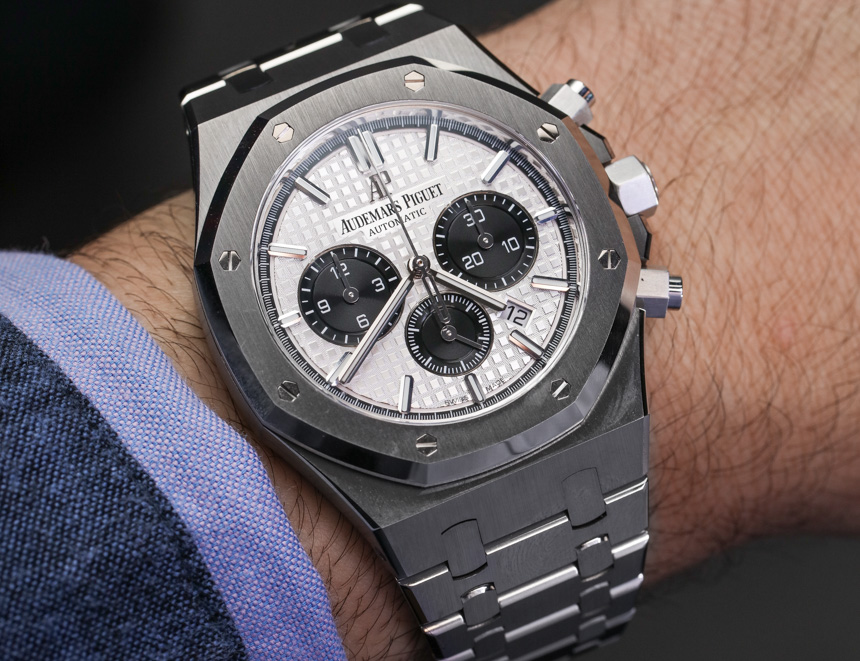
It is for the above reason that many luxury watch lovers do not find watches with diamonds tasteful. Their usually unstated reason being that diamonds are aimed at communicating luxury value at an unsophisticated audience, and are unworthy of being considered tasteful or refined. Instead, these luxury watch lovers seek watches that require more education and exposure to the luxury world in order to be appreciated. This brings up the notion of preferred selective audiences. It is the idea that even if a watch wearer is primarily interested in perceived social luxury value in a watch, they can refine down who the receptive audience is by selecting a watch that is widely accepted as a luxury item by the general public, or a watch that is not identified as a luxury object save for a preferred selective audience.
Let’s return to social perceived luxury value below. I’d like to generally discuss inherent value, which is important but in many ways less so than perceived social value when it comes to many people’s decision to wear a luxury watch. Inherent value is the “more respected” form of luxury value because in a lot of ways it ignores perceived value.
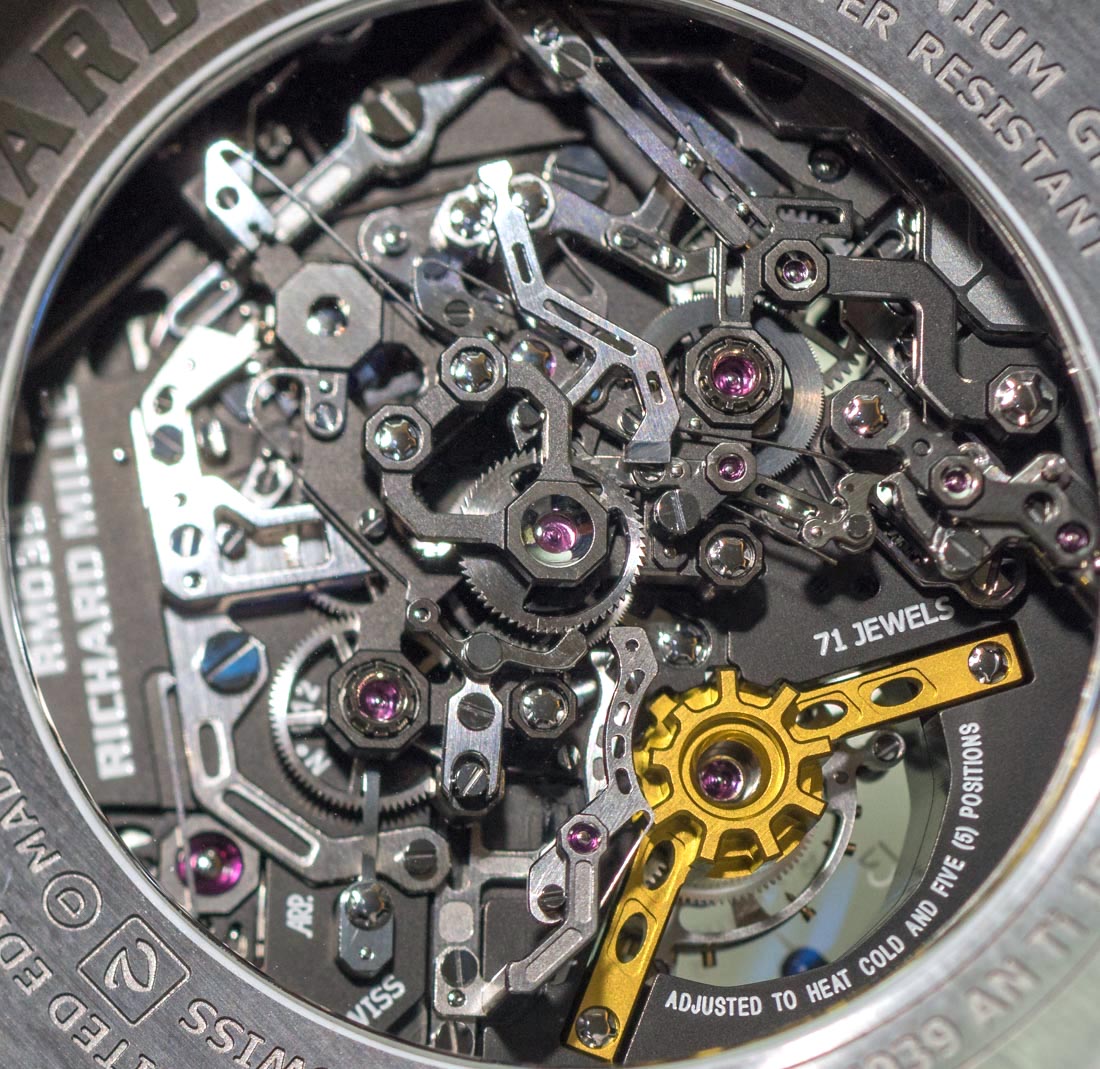
Inherent value is the value something has simply by virtue of what it is or how difficult it was to produce or acquire. A painting produced by a master can have a high degree of inherent value even if no one is able to recognize what it is. The inherent value comes from skill and training of the painters, as well as the physical time required to produce the painting. Ideally that painting also benefits from inherent beauty value, which is another form of inherent value. Whether or not anyone recognizes the painting for what it is, does not detract from the inherent value of the paintings.
Similarly for watches, some have much more inherent value than others – regardless of what they actually cost. Inherent value in a watch is similar to a painting. Its value comes from the materials used to produce it, as well as the skill and time of both the designer and the watchmaker (or more than one of them) employed to develop and produce the watch. A timepiece with a complicated hand-made and decorated movement and/or case will have far more inherent value than one with a less complicated movement and case – if only because less time was required in producing it.
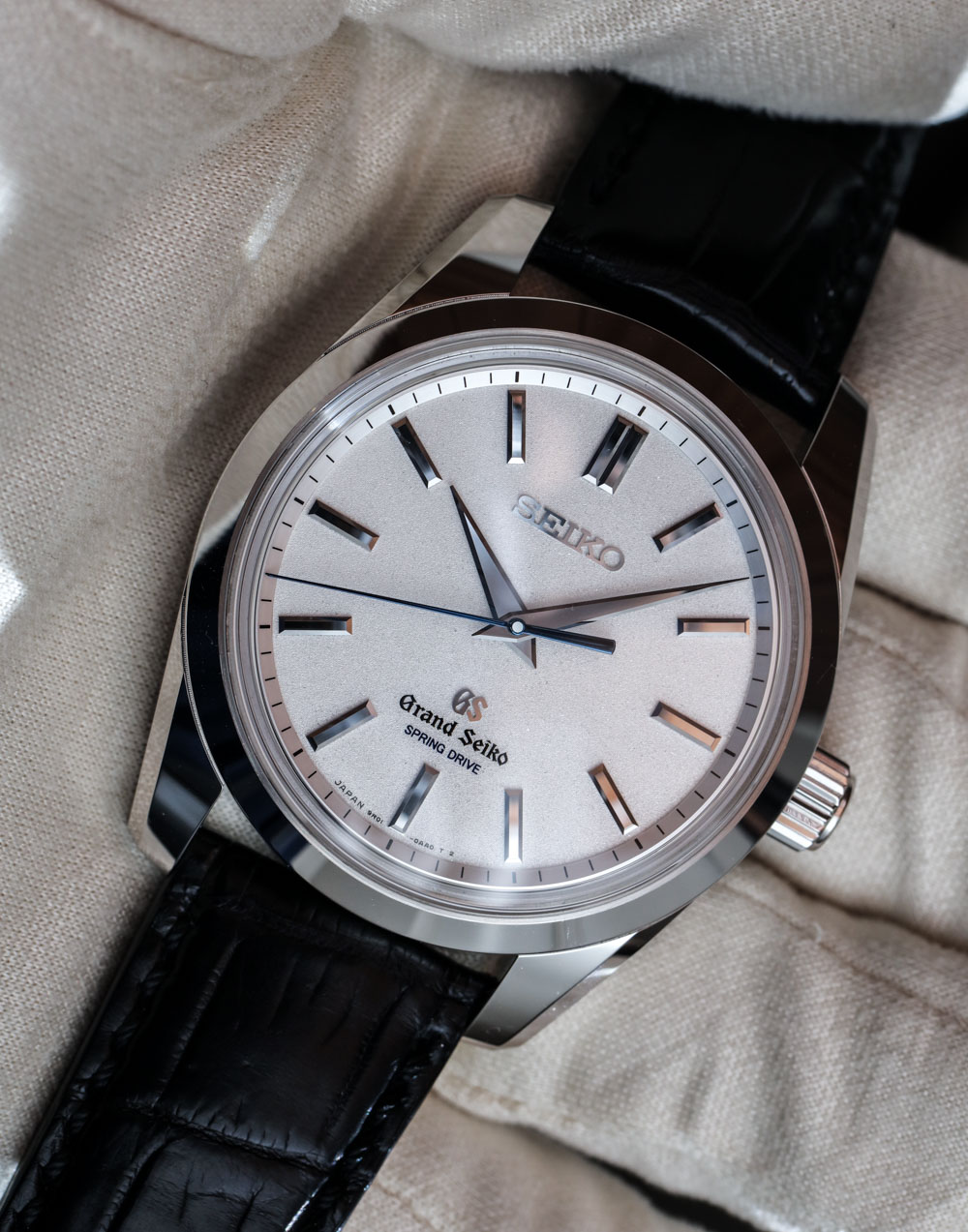
Inherent value requires sophistication to understand. I used the term sophistication before, but never really defined it for the purpose of this discussion. Sophistication in this context is a level of education, exposure, and in many instances social status that an individual may have. Sophistication is important in the context of people sharing their luxury watches because if you want to impress sophisticated audiences, you need to demonstrate that you can match their level of sophistication by indicating a similar level of education and exposure.
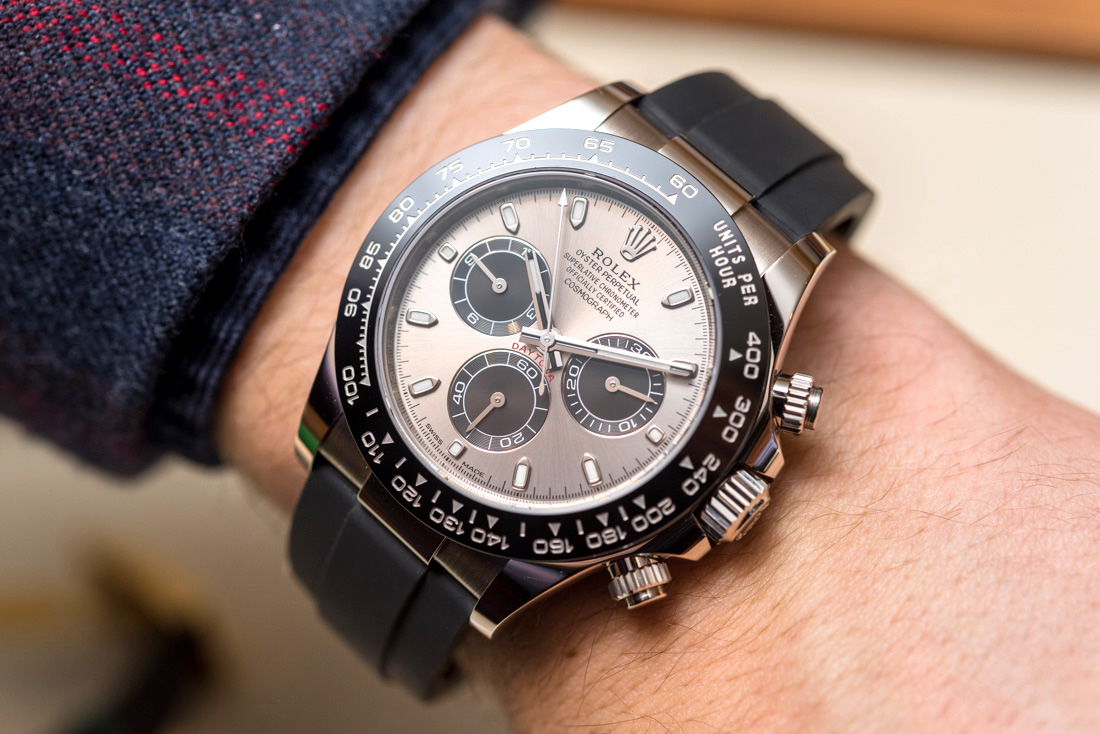
Inherent value alone is very rarely why people like to show off their luxury watches. Rather, knowledge of inherent value can create social perceived value when communicated to preferred selective audiences. So for the purpose of this discussion, inherent value can be one source of social perceived value. It is the perception that a known complicated and difficult to make timepiece is valuable because of the inherent effort involved, and will thus be perceived to be valuable by other audiences with a similar level of sophistication.
The above discussion of the dimensions of luxury item value hinted at some of the basic reasons why people like to show off their luxury timepieces. Even though the reasons are basic, they are prevalent and in my opinion likely account for the major reasons why people like to wear luxury watches. So let me more clearly enumerate those reasons below.
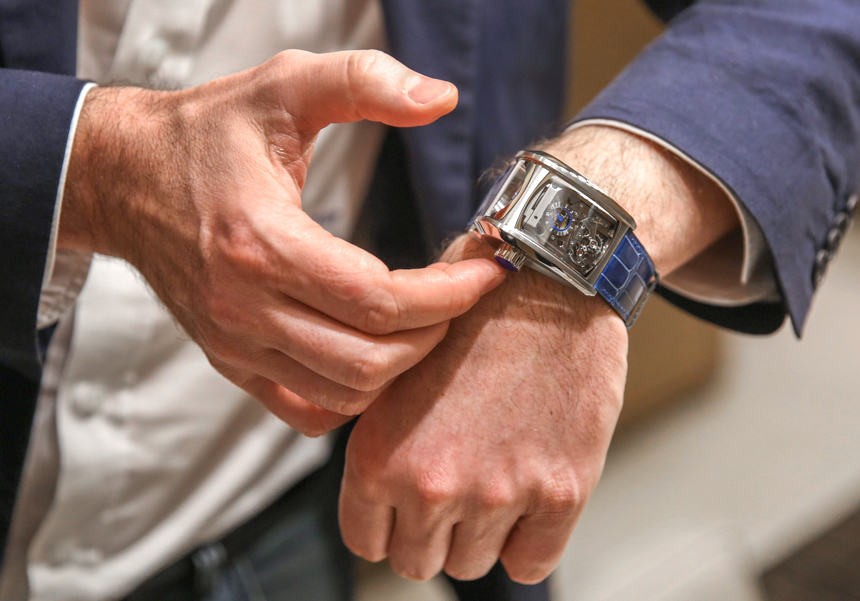
The Value Of Good Taste
The most important reason why someone wants to wear a luxury watch is to demonstrate that they can afford it. This is a direct expression of wanting to communicate social perceived value. The level to which the watch exclusively demonstrates social perceived value is directly related to its “taste value.” Taste value is my term for a luxury item’s ability to blend both social perceived value and inherent value. The more inherent value a luxury item has (regardless of social perceived value) the more taste value it will have.
We value “taste” because it communicates both that someone can afford an item and that they also have the requisite education and experience to understand as well as appreciate its inherent value. Education and experience require time, effort, and the available resources to accumulate. These are forms of inherent value in the luxury item owner, versus merely the luxury item itself (which I find very fascinating). Authentic good taste cannot be purchased, and has high inherent value because no matter how much society perceives the value of one’s taste, the effort and resources required to gain taste are a matter of fact versus a matter of perception.
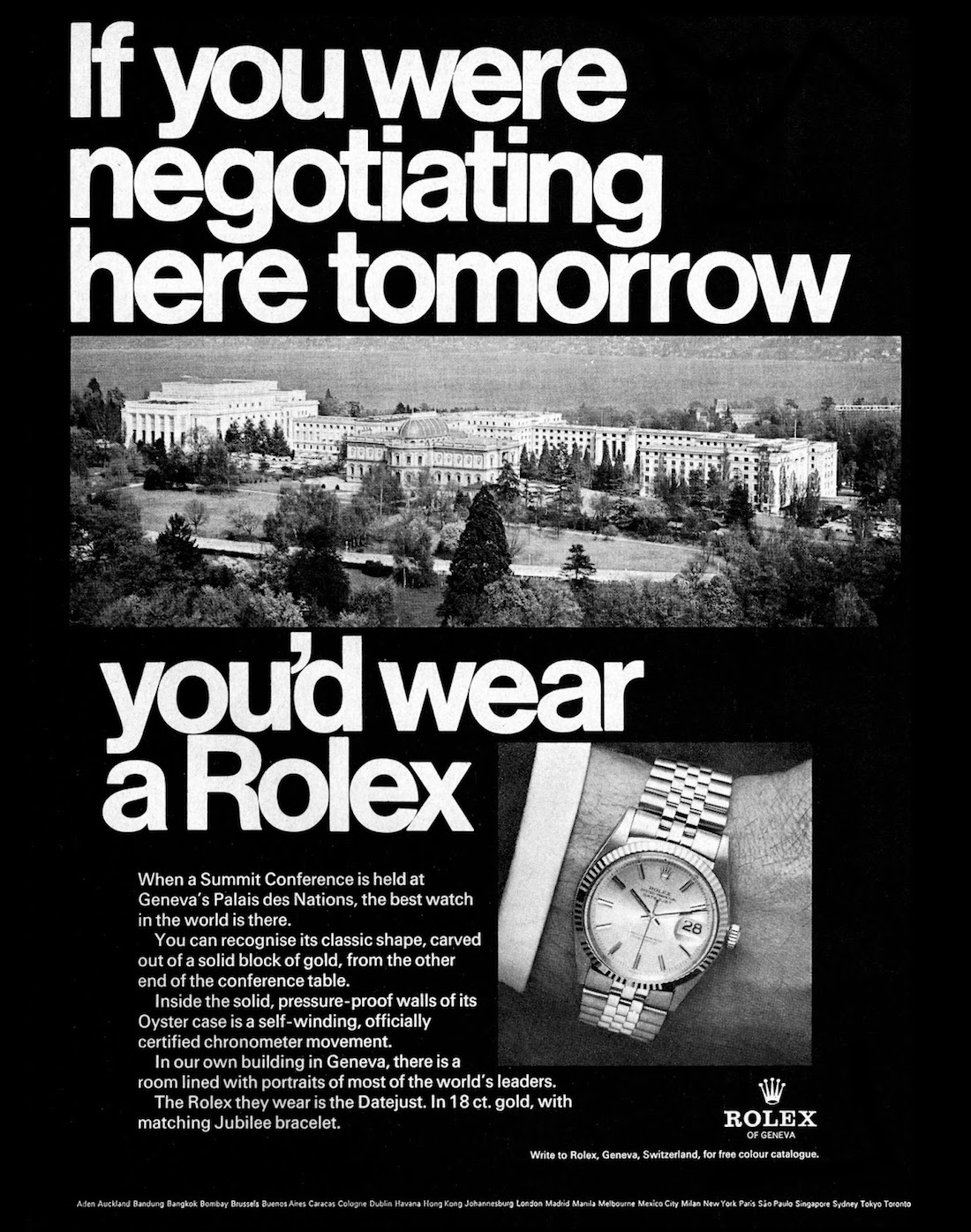
Taste is open to interpretation, but most people agree that it requires at least some level of exposure and selectivity. In the scope of watches it means that someone has seen and handled a lot of watches, sufficient to allow them to choose among the best (or at least their favorites). Taste is directly related to the credibility of one’s choice of luxury item. Meaning that in order for society to have the highest perceived value in a luxury item, it must have both high inherent value, and be worn by someone with sufficient taste (through experience) to have come to the conclusion themselves that the item is of good taste.

